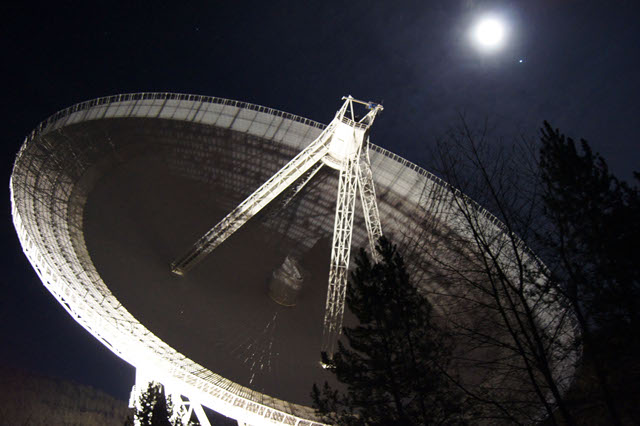Cosmic alcohol, vintage seven billion years, measures physical constant
Ars Technica » Scientific Method 2012-12-13

While quantum physics and general relativity don't always play well together, they agree on important points, including that of the spectra of atoms. To wit: the spectrum of hydrogen shouldn't depend on where the atom is located in the Universe, or whether it emitted its light 10 billion years ago or 10 seconds ago.
But to say that the behavior of the Universe has been consistent throughout its entire age is a strong claim, so it's essential to test it against observational data. In the era of precision cosmology, astronomers have the tools to measure spectra out to a significant fraction of the age of the Universe—distances of billions of light-years.
New observations of methanol (also known as methyl alcohol) that absorbed light in a galaxy 7 billion years ago show that it behaves the same as molecules on Earth, to one part in 10 million. The spectrum of methanol depends sensitively on the ratio of the proton mass to the electron mass, considered in most theories to be one of the fundamental constants of nature. In other words, because the spectrum of methanol at a cosmologically significant distance is indistinguishable from that in the lab, at least one fundamental constant hasn't changed measurably in at least 7 billion years.
Read 7 remaining paragraphs | Comments